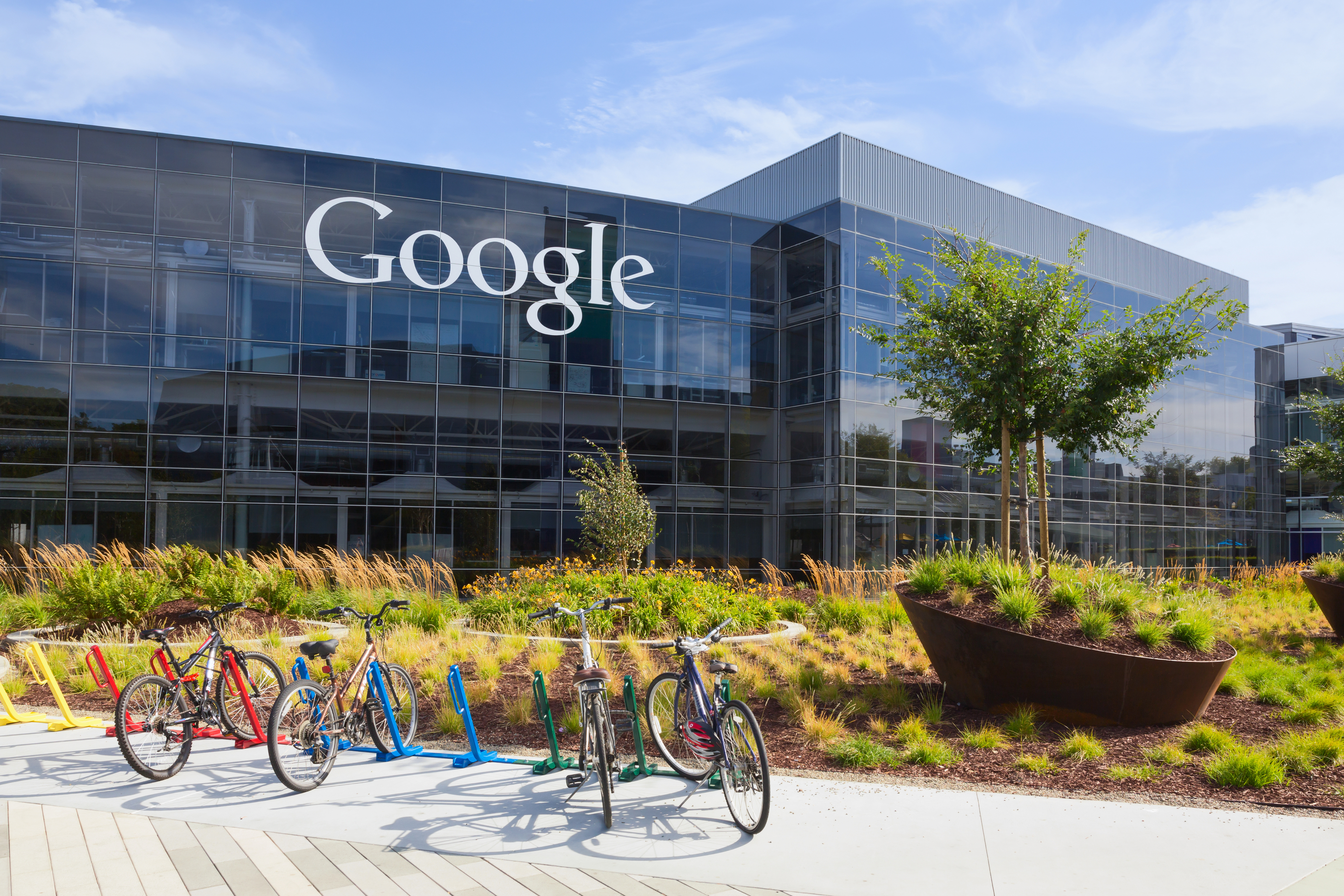If you’ve Googled something on your phone lately to find out the latest scoop on your favorite presidential candidate, you have probably already noticed Google’s AMP Carousel appearing at the top of search results.
But what is AMP?
AMP stands for Accelerated Mobile Pages. It is a Google-backed open source project to help pages load faster on mobile devices.
The difference with the AMP carousel is when a user clicks on it from search results, the article loads instantly.
How instantly? It takes less than half a second on AMP enabled pages compared to the average of three seconds.
AMP does this by changing how websites structure their mobile pages:
- AMP HTML: This redesigned version includes custom AMP commands. They are a defined set of pre-processing tags and are limited to text formatting and image embedding.
- AMP JS: The new Javascript structure allows loading of external resources asynchronous (in the background).
- AMP CDN (Content Delivery Network): This caches AMP-optimised content for faster delivery ensuring it doesn’t need to be requested each time.
Why should you care?
Are you happy with how fast your site loads on mobile? As someone who spends time Googling everything under the sun during my daily commutes, slow mobile pages kill my soul.
It also doesn’t help that my internet speed on my phone isn’t always fast. So when both of these play up at once, it ruins my user experience and I move onto the next thing instead of wasting my time staring holes into my mobile.
I’m not the only one who feels this way.
Page speed and mobile readiness are some of Google’s ranking distinctions that determine your site’s search result position. The faster and more mobile-friendly, the more likely you will see an increase in organic traffic.
AMP is a solution to the problem by standardizing web pages. Here’s how you take advantage of this latest Google update and use it to boost your SEO game at the same time:
The Good News:
1. AMP Optimised Pages Are Getting A Boost in Search Results
AMP pages show up at the top of search results in the carousel, meaning users do not need to scroll down. It’s an easy way for websites usually at the bottom of the first page results to jump the queue, claim a spot at the top and get more traffic as a result.
If you haven’t’ optimized for AMP, you’re missing out on prime above the fold real estate, and you’ll more than likely see a drop in clicks, impressions, and engagement as a result.
2. It Can Increase Engagement and Reduce Bounce Rates
After getting people to click through to your site, the next hurdle is getting them to stay. With AMP loading much faster, users can engage with the content quicker and are less likely to bounce.
Ezoic analyzed results from various publishers and discovered one site saw bounce rates decline from 76% to 63% a month after implementing AMP.
Their research also found that sites which saw a decrease in bounce rates also saw time on site improve as well.
3. It Can Benefit Your Mobile Keyword Ranking
With AMP designed especially for mobile users, you will probably see an increase in your mobile keywords results after optimizing for it.
This means you can expect a slight boost in organic mobile traffic, and while this isn’t guaranteed, it makes for an excellent reason to jump on board the AMP bandwagon.
The Bad News:
1. Your Link Building Efforts Are At Risk
A crucial part of SEO is building up links to increase your website’s (DA) domain authority. Your DA predicts how well your site will rank on search engines and is calculated by the number of linking root domains.
One of the negative effects of optimizing for AMP is your site will see a fewer of these valuable links. This is because the root of the URL is still google.com and is not linking to the publisher’s domain name.
For example: https://www.google.com/amp/www.bbc.co.uk/news/amp/35800232#
But this might have to be the small price publishers pay to see an increase in other metrics such as UX, engagement and improved visibility.
2. Only News Publishers Benefit from the Carousel
Wait, what?
If you have a website on how to look after your pet tarantula, it’s not going to show up in the AMP carousel. News publishers benefit the most from this update and are now at the top for almost every story they report on.
But, it does not have a strong effect on their organic SEO. Your pet tarantula site can still reap from tangible, organic search results benefits by optimizing for AMP.
Users Want Speed
It’s no secret that page speed is a ranking factor for Google.
The fact that they have developed their own way of displaying content faster shows just how important this factor is to the search engine giant.
More than 50% of searches happen on mobile globally, nearly half of mobile users expect a site to load in two seconds and will only wait 3 seconds before abandoning it. With this in mind, it’s no surprise Google is throwing a lot of support towards this latest venture.
If site owners want faster speed, increased visibility, and user experience, optimization is the way forward. Otherwise, you are in danger of not meeting mobile users expectations, losing conversions and increasing your bounce rate.
All of this just from a few seconds difference.
Google’s AMP is a simple solution to boost your site’s loading time, meet mobile users expectations and make subtle, but powerful improvements to your SEO game.
Are you going to be left behind? Find out how our backlinking services can help make up for any losses you may experience with AMP, schedule your free consultation today.


